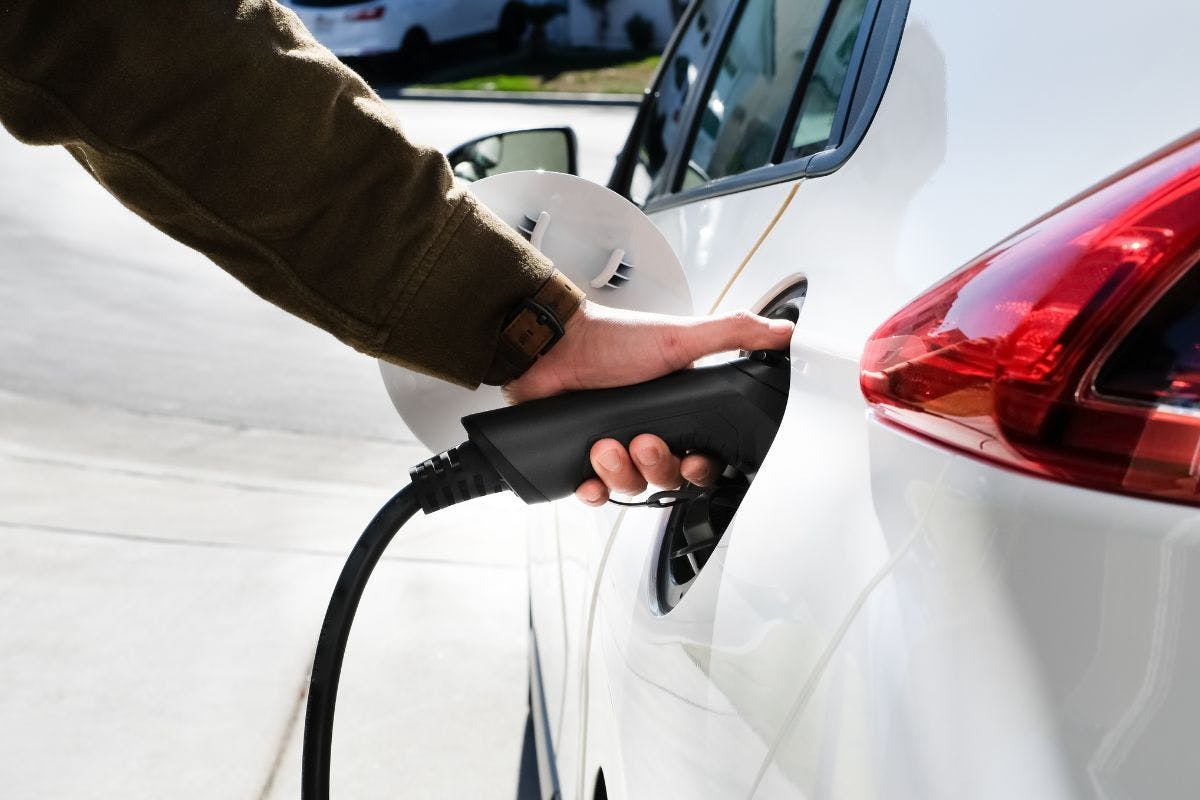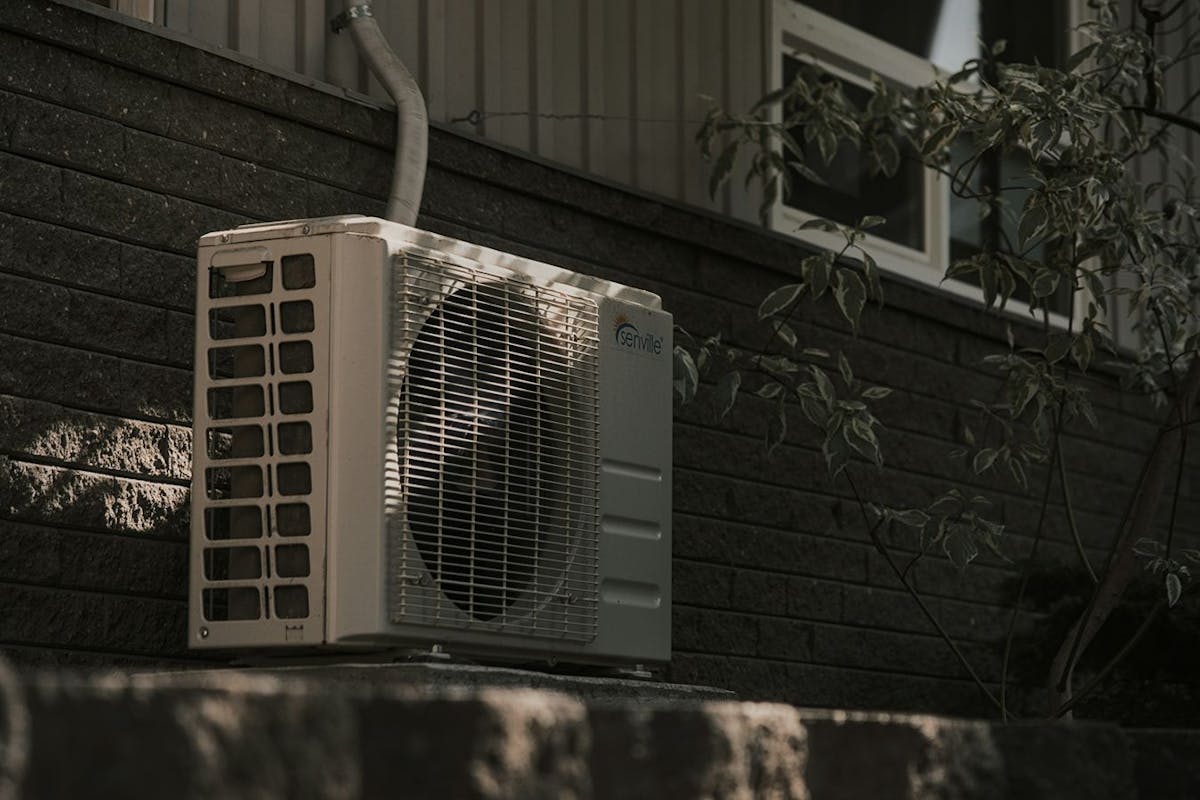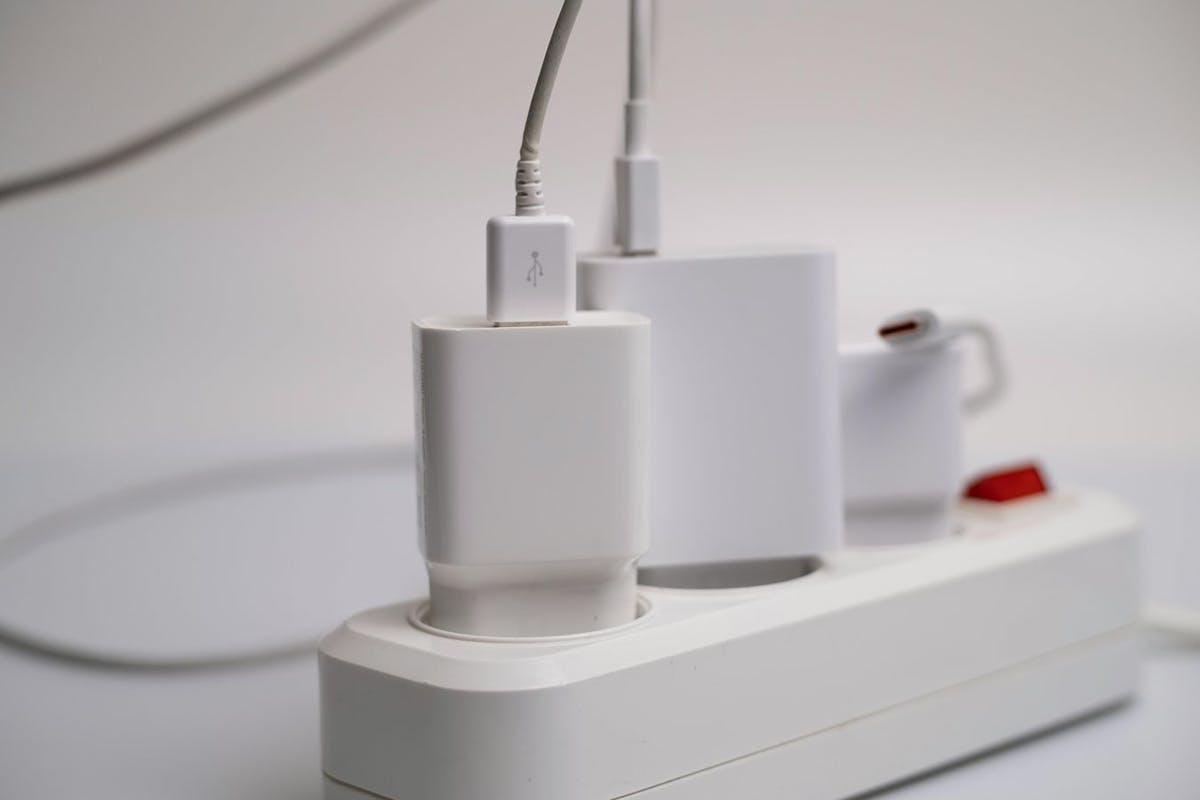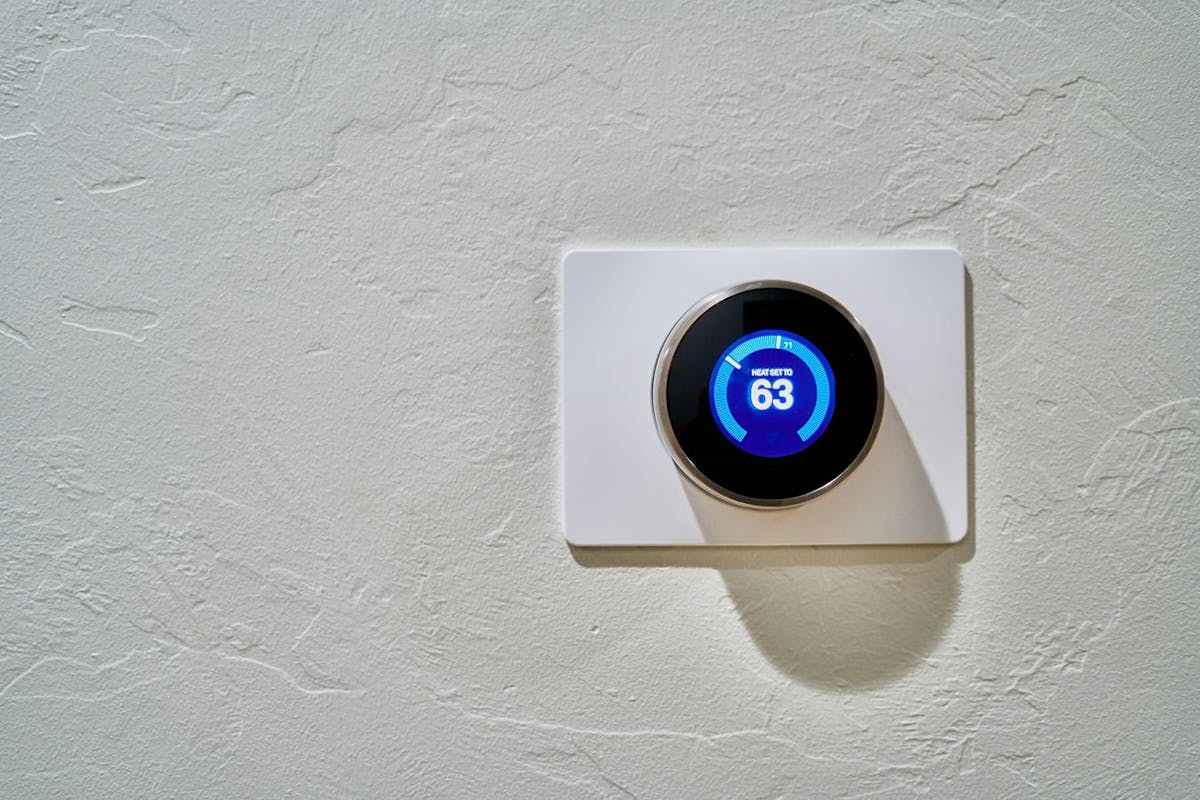Electric Vehicle Charging Guide
Last edited

Author
Andrew Blok
Electrification and Solar Writer and Editor

Editor
Andrew Giermak
Solar and Electrification Writer and Editor

Electric vehicles are growing in popularity, with steady increases in sales every year for the past decade. If you’re thinking of buying an EV, but charging it feels unfamiliar and overwhelming, don’t worry: It’s as easy as pumping gas, and often cheaper.
Here’s what you need to know about EV charging, whether you’re in a hurry or have time, on the road or at home.
See how much you can save with home energy changes
How Do You Charge an EV?
When you fill a car with gas, you make your payment, put the end of the gas hose into your gas tank, and fill up the tank.
When you charge an EV, you make your payment if you need to, plug the charger into your car, and fill up the battery. EV charging looks a lot like filling a car with gas, but varies in where you can do it and how long it takes.
Types of EV chargers
There are three levels of EV chargers, divided by how quickly they can charge a car.
Level 1
The slowest option available, they plug into a typical wall outlet and add just a few miles of range per hour. They’re typically included with your car when you buy it, have no installation costs, and can fuel up your vehicle any time you’re at home.
Level 2
Faster than a level 1 charger, they can be public or installed at home. A level 2 charger typically charges an EV, if starting from an empty battery, in 4-10 hours, or a hybrid vehicle in 1-2 hours.
At home, level 2 chargers typically require a 240-volt outlet, so you may need an electrician’s help installing it.
Level 3
These public-only chargers are the fastest available. They can fully charge a battery in as few as 30 minutes. Level 3 chargers are also called DC fast chargers.
EV charger connector types
Here are the connector types used in the United States.
Type 1 Connector (J1772): J1772 is used in level 1 and level 2 chargers for vehicles that aren’t Teslas or the Nissan Leaf.
CHAdeMO Connector: CHAdeMO connectors fit some older models of the Nissan Leaf.
Combined Charging System (CCS) Connector: This connector is used for Level 3 DC fast charging. Most vehicles that use a J1772 charger for level 1 and level 2 charging can also use a CCS charger.
North American Charging Standard (NACS): This connector is Tesla’s proprietary design. Other manufacturers are switching to this connector in new vehicles and making adaptors available for older models.

See how much you can save with home energy changes
EV Charging Tips
Here’s how to get the most out of your EV charging.
Charge to 80%: Charging slows down once a battery is 80% full. When you’re on a road trip, make multiple stops to charge partially instead of one to charge fully. It’s also better for your battery’s lifespan.
Charge at home when you can: Charging at home is typically cheaper than charging publicly, unless you find one of the fast-disappearing free chargers.
Charge off peak: If you have time-of-use rates, program your vehicle to charge only on off peak rates.
EV Charger Shopping Guidance
Once you’ve sorted out which style of adapter you need, it’s time to narrow your search. Here are some further considerations.
Charging speed: Decide if you need a level 2 charger or if you can get by with a level 1. A level 1 charger is cheaper and can work just as well as a level 2 if your charging needs are limited.
Installation: Some EV chargers are simple to install, while others might require professional help. If you need a new 240-volt outlet installed, you’ll need an electrician.
Indoor/outdoor use: If you want your EV charger installed outside, make sure it’s rated to withstand the weather.
Cost: At home level 2 chargers can range in price from a few hundred dollars to more than $1,000. Weigh your budget against features you need, want, or could do without.
Warranty: A warranty’s length and coverage can be important considerations.
How to Install a Home Electric Vehicle Charger
Once you’ve chosen the best EV charger for you, here’s what needs to happen to get it installed.
- Obtain permits: If the installation requires electrical work, you or the installer may need a permit.
- Select a location: Choose a spot that is convenient to you and, if possible, to an electrical supply.
- Complete electrical work: Installing a level 2 EV charger requires a dedicated electrical circuit, which may require upgrades to your electrical system.
- Install the charger: Once the electrical system is ready, you can install the charger. The installation process will vary depending on the charger model but typically involves mounting the charger to a wall or pole, connecting the wiring, and configuring the charger settings.
- Test the charger: After the installation is complete, you should test the charger to ensure it is working correctly and charging your EV at the expected rate.
Overall, installing an EV charger at home can be a complex process that may require professional help. However, with the right equipment and support, it can be a great way to ensure you always have a convenient and reliable charging option for your EV.
See what home electrification can do for you:
Cost of Installing an Electric Vehicle Charger
The cost of installing an EV charger at home can vary depending on the type of charger, the complexity of the installation, and the local labor and permit costs. Here are approximate costs based on actual online prices before installation.
| Charger | Cost |
|---|---|
| Level 1 | Less than $100. Often included when a car is purchased. |
| Level 2 | $400-$800 |
| Level 3 | Thousands. Not for home use. |
You may find rebates for EV chargers from your utility and, as of this writing, a tax credit for home EV chargers can reduce your tax liability by up to $1,000.
Top Companies for Home EV Chargers
There are many brands of electric vehicle chargers available in the United States. Some of the most popular brands (in alphabetical order) include
Charge Times for Common Electric Vehicles
The charge times for electric vehicles vary depending on several factors, including the type of charging station used, the size of the vehicle's battery, and the current state of charge.
Here is the estimated time it takes to fully charge some popular EV models.
| Car | Level 1 | Level 2 | Level 3 (10%-80%) |
|---|---|---|---|
| Tesla Model 3 (standard range) | 60-70 hours | 8-10 hours | 40-45 minutes |
| Tesla Model 3 (long range) | 80-90 hours | 11-12 hours | 40-45 minutes |
| Audi e-tron (95 kWh battery) | 70-90 hours | 10-12 hours | 45-60 minutes |
| Chevrolet Bolt EV | 58 hours | 9.5 hours | 45 minutes |
| Ford Mustang Mach-E (75.7 kWh battery) | 60-80 hours | 8-11 hours | 45-60 minutes |
| Nissan Leaf (40 kWh battery) | 20-26 hours | 8-10 hours | 40 minutes |
| Volkswagen ID.4 (82 kWh battery) | 87-116 hours | 8-10 hours | 38-48 minutes |
Actual charge times may vary depending on the outside temperature, battery age and condition, charging rate, and charging station availability.
Where Can I Find EV Charging Stations?
EV chargers are getting easier to find.
Still, it's probably best to check out one of the many handy websites and apps popping up, like A Better Route Planner, PlugShare, ChargeFinder, ChargeHub, and even the US Department of Energy. Google Maps lists EV chargers, too.
Finally, many vehicles now include EV charging stations in their built-in GPS maps. Some will even allow you to check the status of that charging station remotely to confirm it’s open and available.
What if Your EV Runs Out of Charge?
Always get yourself to a safe spot, then call roadside assistance. The tow truck that comes might have mobile charging equipment, but those set ups are becoming rarer. Most likely you’ll get towed to the nearest charging station.
When you get towed, make sure your vehicle is up on a flatbed, as EVs shouldn’t have their wheels turn while they’re towed.
See how much you can save with home energy changes
Are There Government Incentives for EV Owners?
As of this writing there are still tax incentives for EV owners, though eliminating them has been proposed in Congress in summer 2025.
- Federal EV charger tax credit: The federal government offers a tax credit of up to 30% ($1,000 max) of the cost of purchasing and installing an EV charger.
- Federal EV tax credit: A tax credit for qualified EVs can reduce your tax liability by up to $4,000 for used vehicles and up to $7,500 for new ones.
- State and local incentives: Some states and local governments offer rebates, grants, or tax credits for EVs or EV chargers.
- Utility programs: Some utilities provide rebates or other incentives for installing EV chargers. These programs may also offer discounted electricity rates for charging during off-peak hours.
- Workplace charging: The federal government also offers a tax credit of up to $1,000 per charging station for businesses that install EV chargers for their employees.
These incentives may change (or be eliminated, as has been proposed by Congress in the summer of 2025). Confirm their availability and consult your own tax professional regarding your situation.
Charging an EV With Solar Power?
Charging your EV with home solar panels can cut down your charging costs and your carbon footprint.
Most home solar panels are grid-tied and can share electricity with the grid when needed and benefit from net metering (where available). Charging your car on a sunny day would use solar power from your panels, but solar could benefit your nighttime charging through net metering credits.
Devices like energy monitors can analyze your energy usage and prioritize charging your vehicle when you have excess solar electricity.
Adding an EV to your home will increase your energy demand. Unless you have an over-sized solar system, existing solar panel installations might not cover all of your new needs, increasing your electric bill. You may be able to install more solar panels to cover the new electricity consumption.
To see if solar panels can help you charge your EV, contact a Palmetto solar advisor today.
See what home electrification can do for you:
Frequently Asked Questions
What are the different ways to charge an EV?
There are three levels of EV charging of increasing speeds. Level 1, the slowest, is typically reserved for at home charging. Level 2 chargers can be installed at home or in public places. Level 3 chargers are strictly public charging stations and are the fastest.
What is the 80/20 rule for charging an EV?
The 80/20 rule for charging an EV says you should keep your battery’s charge between 20% and 80% of full. Staying within that range is best for the longterm health of the battery.
Can I plug my EV into a regular outlet?
Level 1 chargers plug directly into common 120-volt outlets, making them incredibly versatile chargers.


